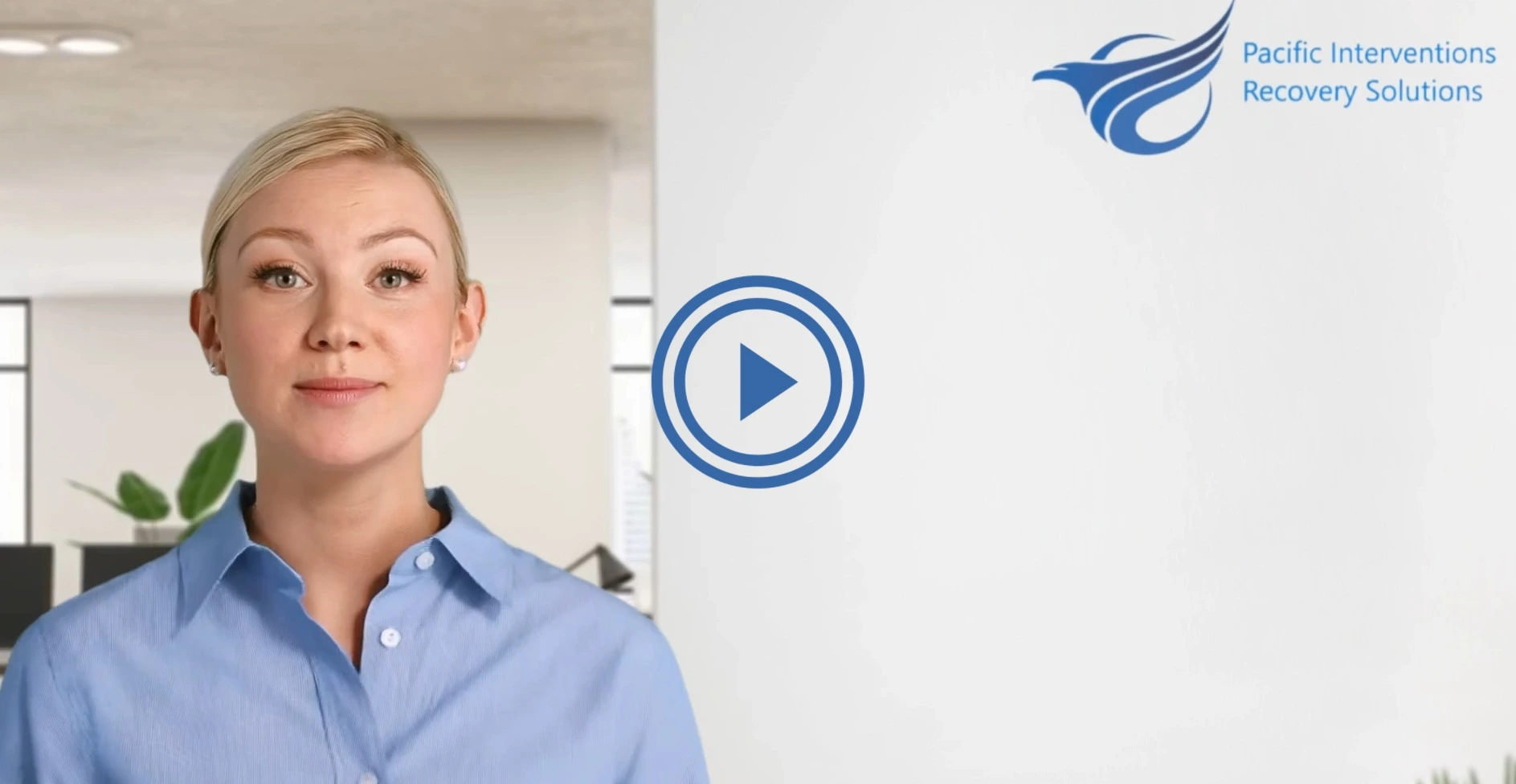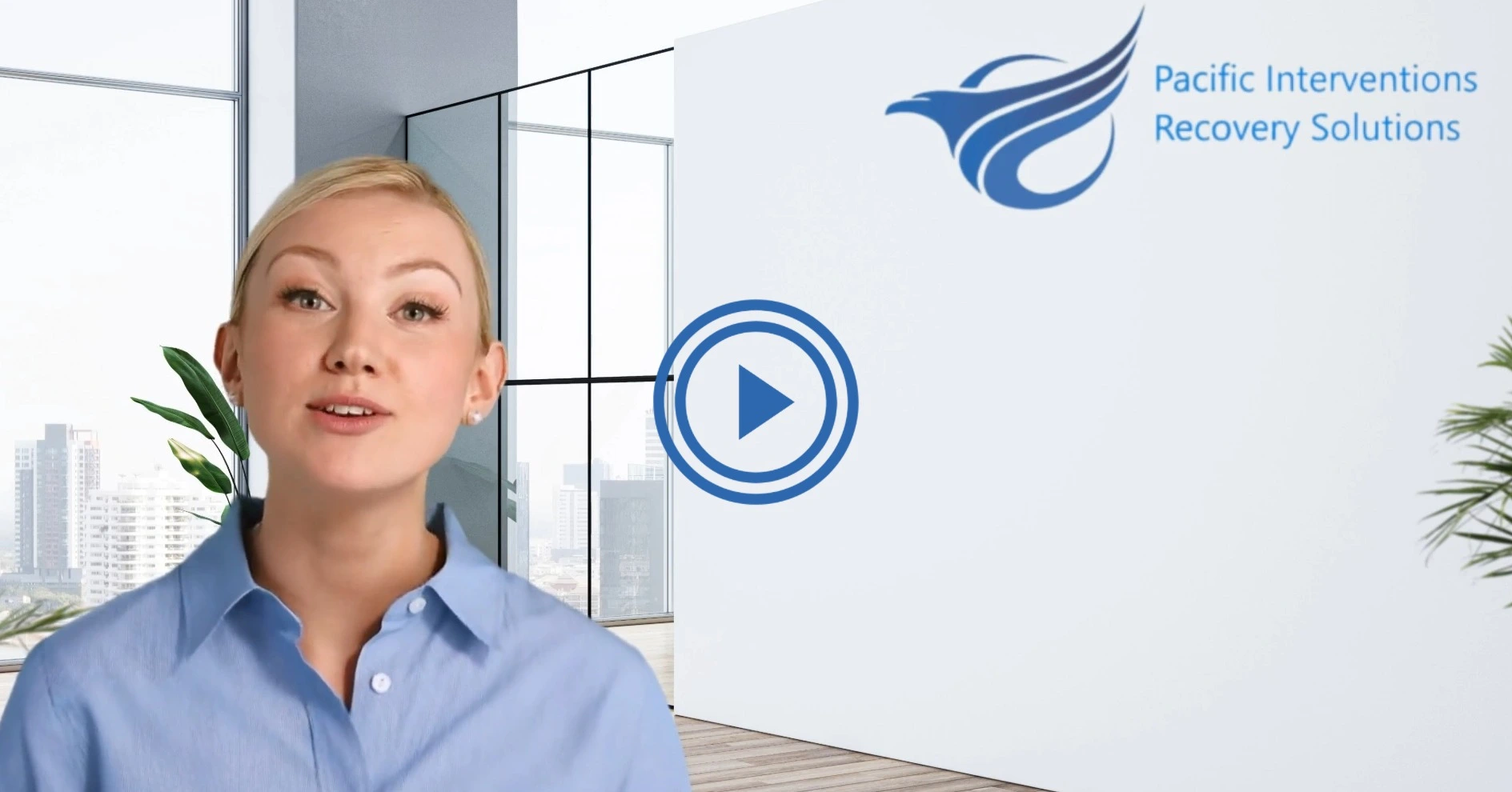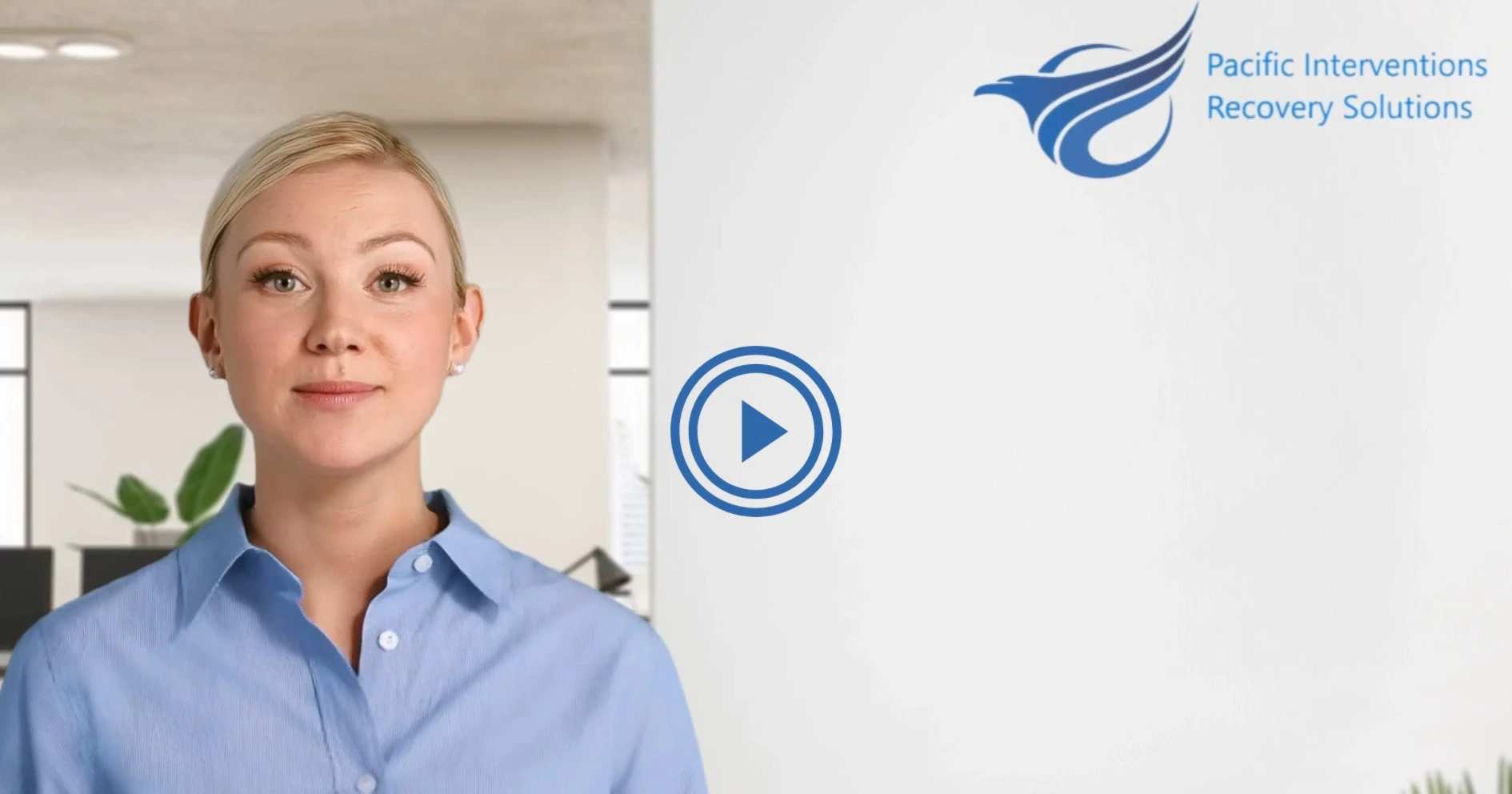10 Practical Ways to Handle Cravings and Stay on Track in Recovery
Cravings are a natural part of recovery, whether from drugs, alcohol, food, or other habits. At first, they can feel intense and overwhelming, but over time, most people find they become easier to manage. Feeling a craving is not a sign of failure, it’s a sign that your mind and body are adjusting to change. In this article, Pacific Interventions shares ten practical ways to handle cravings tips you can use to stay strong when temptation strikes.
1. Recognize the Craving early
The sooner you notice a craving starting, the more control you’ll have. Watch for physical signs like tension, restlessness, or a burst of energy, as well as thoughts like “I need this right now.” Early awareness gives you the chance to act before the urge grows stronger.

2. Identify your triggers
Every craving has a cause. It might be stress, certain people, specific locations, or even emotions like loneliness. Keeping a list of your personal triggers can help you prepare and respond differently next time.
3. Practice “urge surfing”
Imagine a craving as an ocean wave—it rises, peaks, and fades away. Instead of reacting immediately, visualize yourself riding the wave and observing the feeling without acting on it. This technique reminds you that cravings are temporary.
4. Delay before acting
Tell yourself you’ll wait ten minutes before making any decision. Use that time to focus on another activity. If the craving remains after ten minutes, delay again. This breaks the automatic “act now” impulse.
5. Distract your mind
Switch your attention to something completely different—call a friend, go for a walk, listen to music, or start a hobby. Distraction can be especially effective when combined with the delay technique.
6. Avoid high-risk situations
In early recovery, it’s wise to avoid environments where temptation is high. This could mean skipping certain events, staying away from specific people, or changing locations if the urge gets too strong.
7. Think about the consequences
Before giving in, ask yourself: How will this affect my recovery, my health, or my relationships? Then, remind yourself of the benefits of staying committed. Writing these reminders down can help you recall them when your thinking feels cloudy.
8. Reach out for support
Talking to a supportive friend, sponsor, or counselor can help shift your focus. If no one is available, call a helpline—many are designed for moments just like this.
9. Practice saying “no” confidently
Develop a short, firm, and polite response for situations where you might be offered something you’re avoiding. Practice until it feels natural to say no without hesitation.
10. Plan ahead for challenging situations
If you know you’ll be in an environment that could trigger you, plan your day, arrange support, and have an exit strategy ready before you go. Preparation is one of the strongest tools you have.
Final Thoughts on Craving Management
You don’t have to use every strategy at once. Experiment with different techniques, see what works for you, and build your own craving management toolkit. Over time, handling cravings becomes less about resisting them and more about managing them with confidence.






